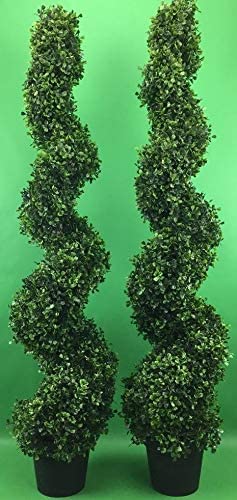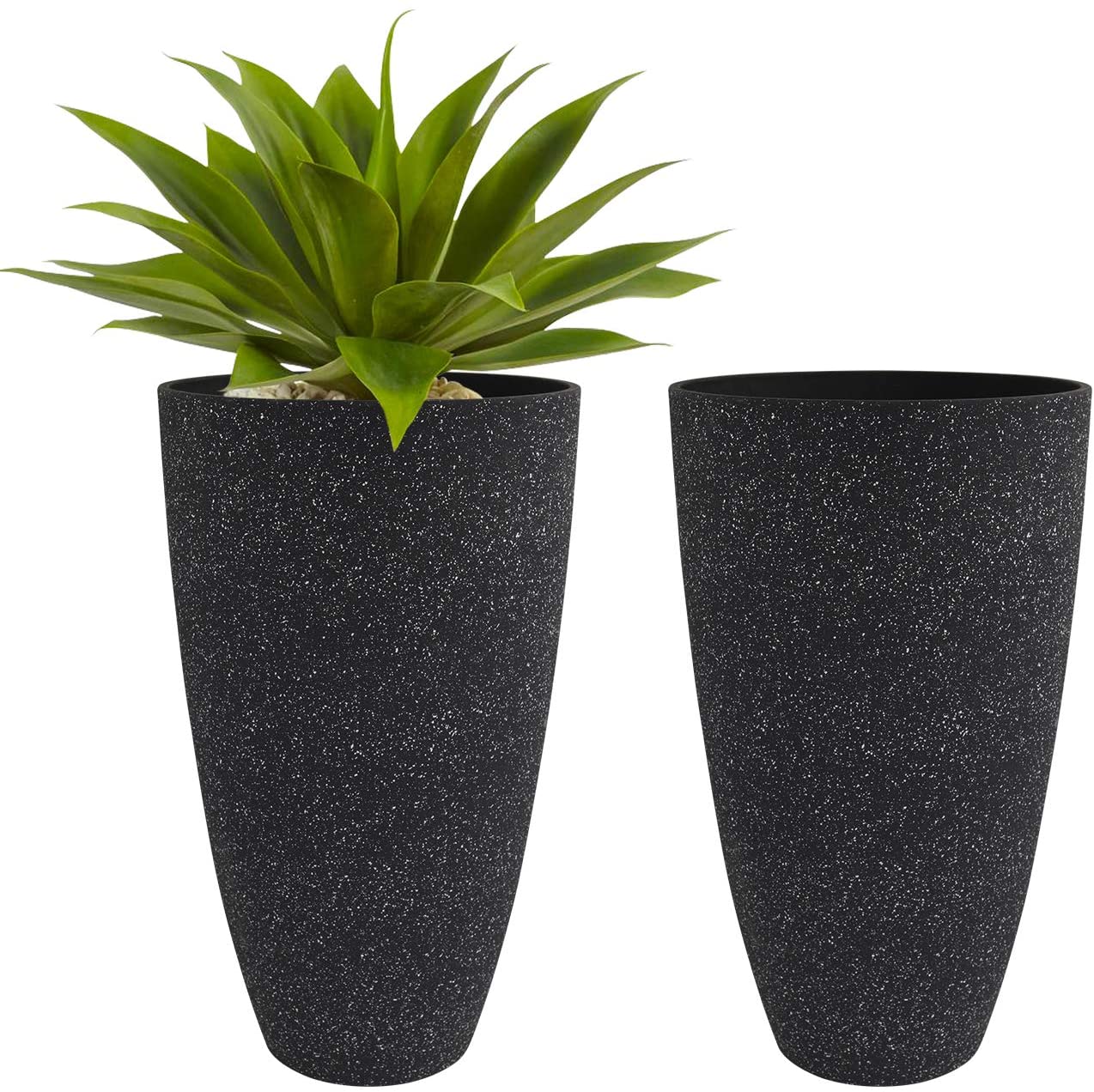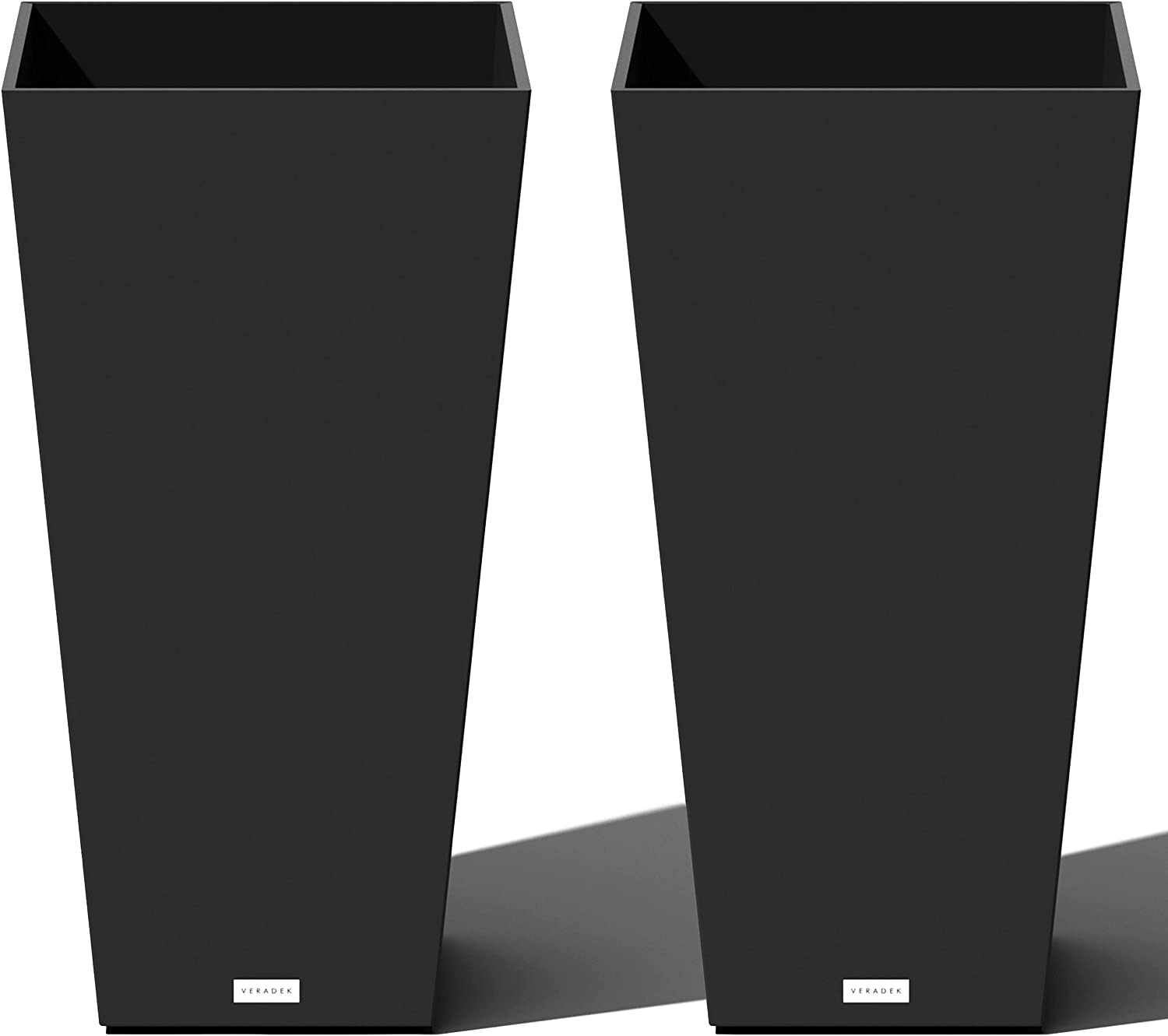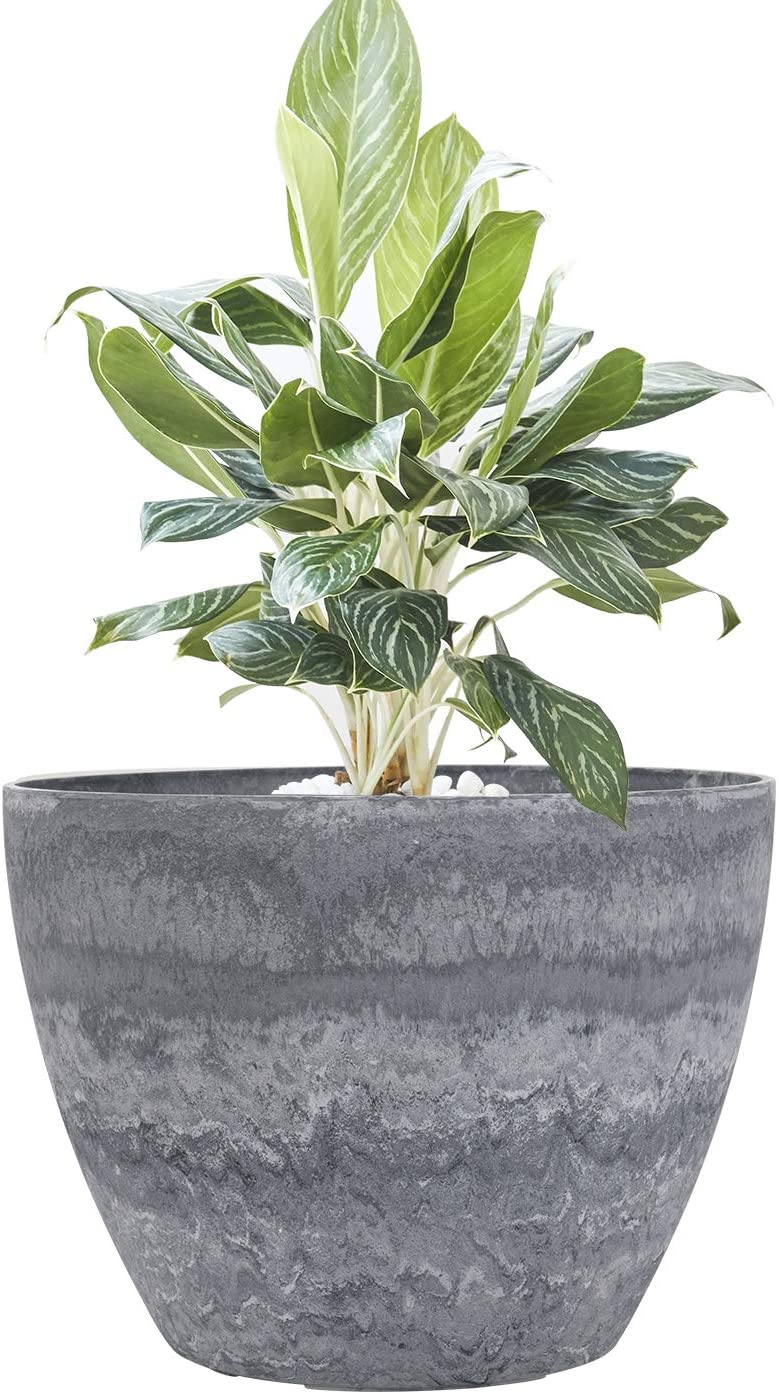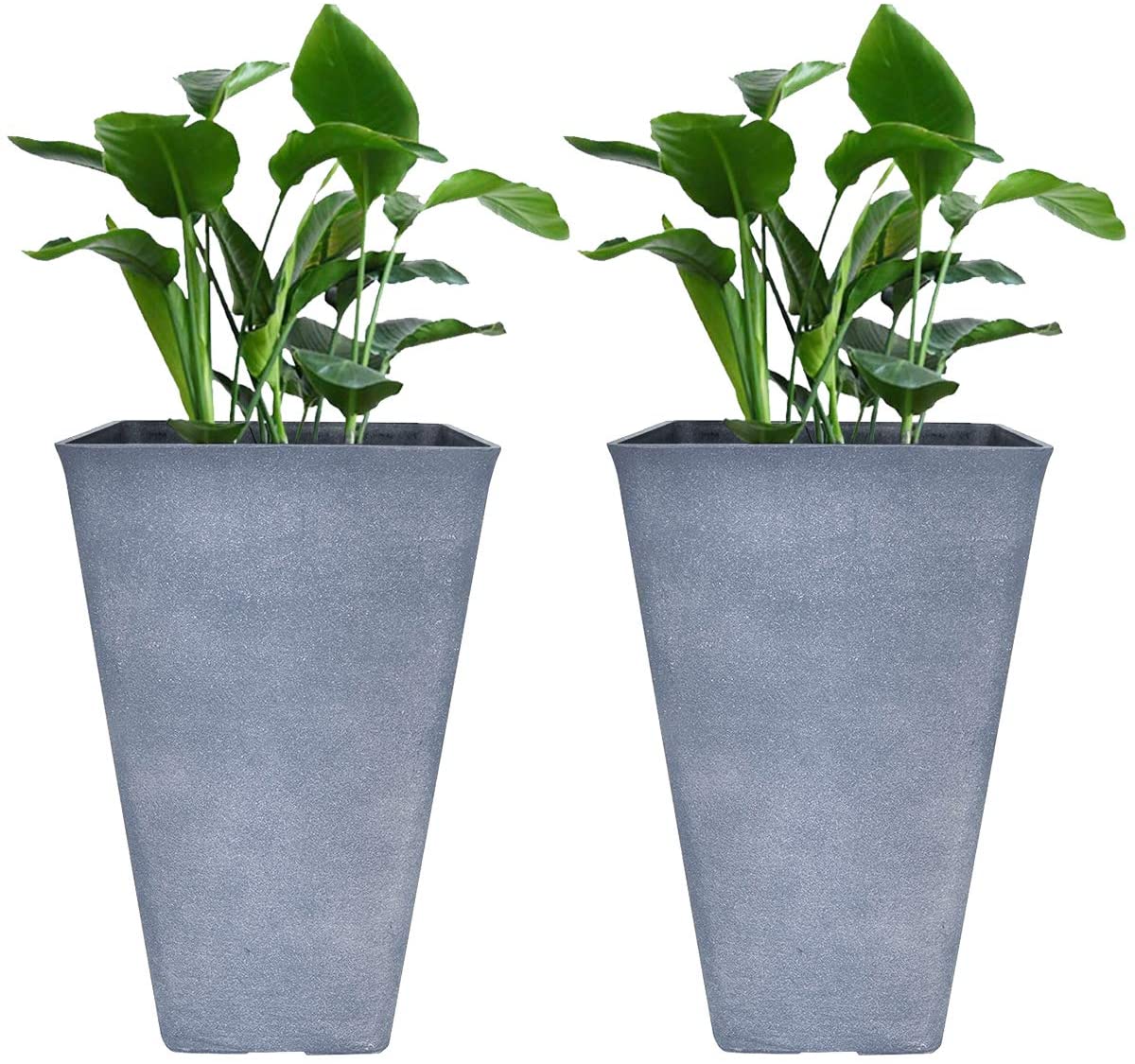BEZANO Spiral Faux Boxwood Front Door Planters, Set of 2
Last updated: October 19, 2021
These squat planters come with spiraling faux-shrubbery that will enliven any entryway. The construction is real enough to impress most visitors without the upkeep of real topiary. They're also great for homes in extreme climates.
We looked at the top Front Door Planters and dug through the reviews from some of the most popular review sites. Through this analysis, we've determined the best Front Door Planter you should buy.
Product Details
Key Takeaway: Impress your guests with these stunning, low-maintenance planters.
In our analysis, the BEZANO BEZANO Spiral Faux Boxwood Front Door Planters, Set of 2 placed 3rd when we looked at the top 5 products in the category. For the full ranking, see below.
